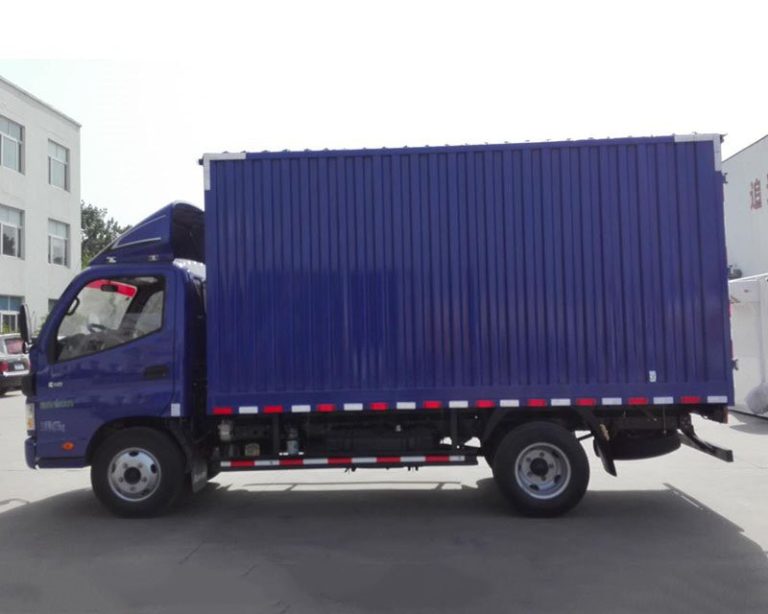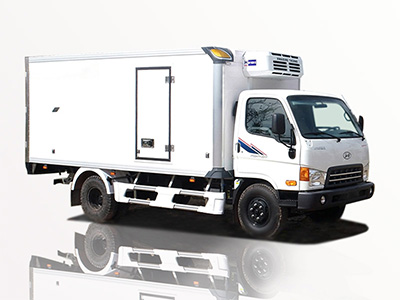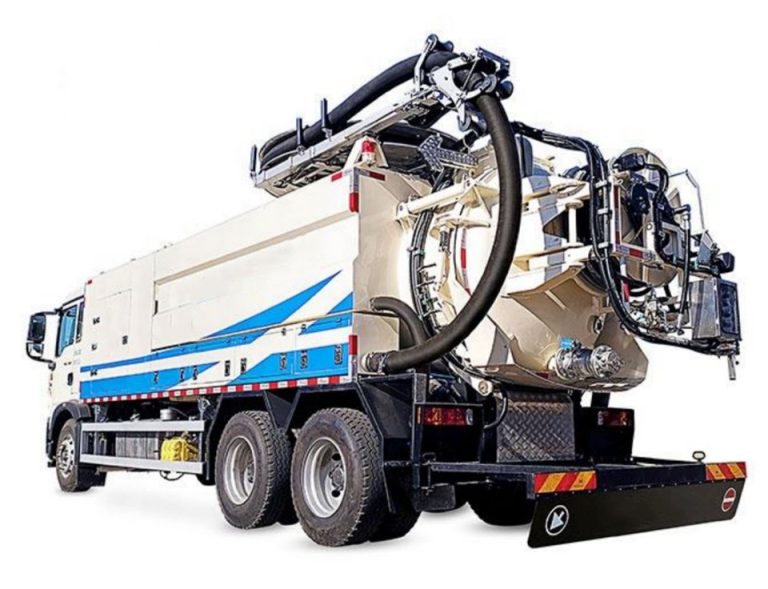Shipping container axles play a crucial role in the transportation and functionality of shipping containers. Understanding their types, uses, maintenance, and installation can greatly enhance the efficiency and safety of your operations. In this comprehensive guide, we will explore everything from the basics of shipping container axles to detailed practical tips for their selection and maintenance.
What is a Shipping Container Axle?
A shipping container axle is a mechanical component used to facilitate the movement of shipping containers. It is installed beneath the container and connects to wheels, allowing for easy towing and transportation. Container axles are essential for converting a standard shipping container into a mobile unit, such as a portable storage unit or a mobile office.
Types of Shipping Container Axles
1. Standard Axles
Standard axles are designed to meet general transportation needs. They are typically used for containers being moved via truck or trailer.
2. Heavy Duty Axles
Heavy-duty axles support greater weights and are built to withstand more rigorous conditions. They are often used for transporting heavy cargo and in industrial applications.
3. Adjustable Axles
Adjustable axles allow for modifications to the towing height. This feature is advantageous for users with varying transportation requirements.
Key Features of Shipping Container Axles
1. Load Capacity
The load capacity of an axle is vital as it determines the maximum weight it can safely support. Make sure to check the specifications before making a purchase.
2. Material Strength
Most container axles are made from durable steel to resist wear and tear. The quality of materials greatly influences the longevity of the axle.
3. Compatibility
Ensure that the axle you choose is compatible with your specific shipping container model. Most standard containers have universal fittings but always double-check.
How to Choose the Right Shipping Container Axle
1. Determine Load Requirements
Assess the weight of the contents you plan to store in or transport with the container. Choose an axle that can comfortably handle this weight.
2. Evaluate Environmental Conditions
If you plan to use the container in harsh environmental conditions (e.g., extreme heat, cold, wet areas), opt for a heavy-duty axle.
3. Consider Mobility Needs
If you need to move the container frequently, consider adjustable axles for flexibility in height and towing capacity.
Practical Examples of Using Shipping Container Axles
1. Mobile Offices
Many companies convert shipping containers into mobile offices. By equipping the container with axles, businesses can easily relocate their office setups as needed.
2. Pop-up Shops
Entrepreneurs are increasingly using shipping containers as pop-up stores. Adding axles allows for easy transport to different events or locations.
3. Temporary Housing
In disaster relief scenarios, shipping containers can be converted into housing units. Axles facilitate the movement of these units to areas in need.
Installation of Shipping Container Axles
1. Required Tools and Materials
- Wrench set
- Jack
- Bolts and nuts (included with axle purchase)
- Safety gear
2. Installation Steps
- Lift the container with a jack to access the bottom.
- Align the axle with the mounting points on the container.
- Secure the axle using the bolts and nuts provided.
- Lower the container and check the stability of the axle.
Maintenance Tips for Shipping Container Axles
1. Regular Inspections
Perform regular inspections of the axles, checking for signs of wear, rust, and damage. Early detection can prevent costly repairs.
2. Proper Lubrication
Keep the axle joints well-lubricated to prevent friction and wear. Use appropriate lubricants as recommended by the manufacturer.
3. Weight Management
Avoid exceeding the maximum load capacity of the axle. Overloading can lead to premature wear or failure of the axle.
Cost Factors for Shipping Container Axles
1. Material Quality
Higher quality materials will typically cost more but offer better durability and performance. Always consider your long-term needs.
2. Type of Axle
Heavy-duty and adjustable axles usually come with a higher price tag compared to standard ones. Evaluate your specific needs before making a choice.
3. Supplier Reputation
Choosing a reputable supplier may cost more upfront, but it ensures that you receive a quality product with warranties and support.
Common FAQs about Shipping Container Axles
1. What is the average lifespan of a shipping container axle?
The lifespan can vary significantly based on usage and maintenance but typically ranges from 5 to 10 years.
2. Can I install a shipping container axle myself?
Yes, with the right tools and knowledge, installation is possible. However, seek professional assistance if unsure.
3. How do I know if my axle is compatible with my container?
Check the manufacturer’s specifications for both the axle and the container. Most manufacturers provide compatibility lists.
4. Is it safe to modify a shipping container axle?
Modification can affect safety and performance. Always consult with a professional before making any changes to the axle.
5. What should I do if my shipping container axle is damaged?
Assess the damage and determine whether it can be repaired or if it needs replacement. It’s best to consult a professional for assessment.
6. Are there specific regulations for shipping container axles?
Yes, regulations can vary by location and intended use. Always check local guidelines before use.
This guide aims to equip you with knowledge about shipping container axles, from selection to maintenance, ensuring your containers operate effectively and safely.



